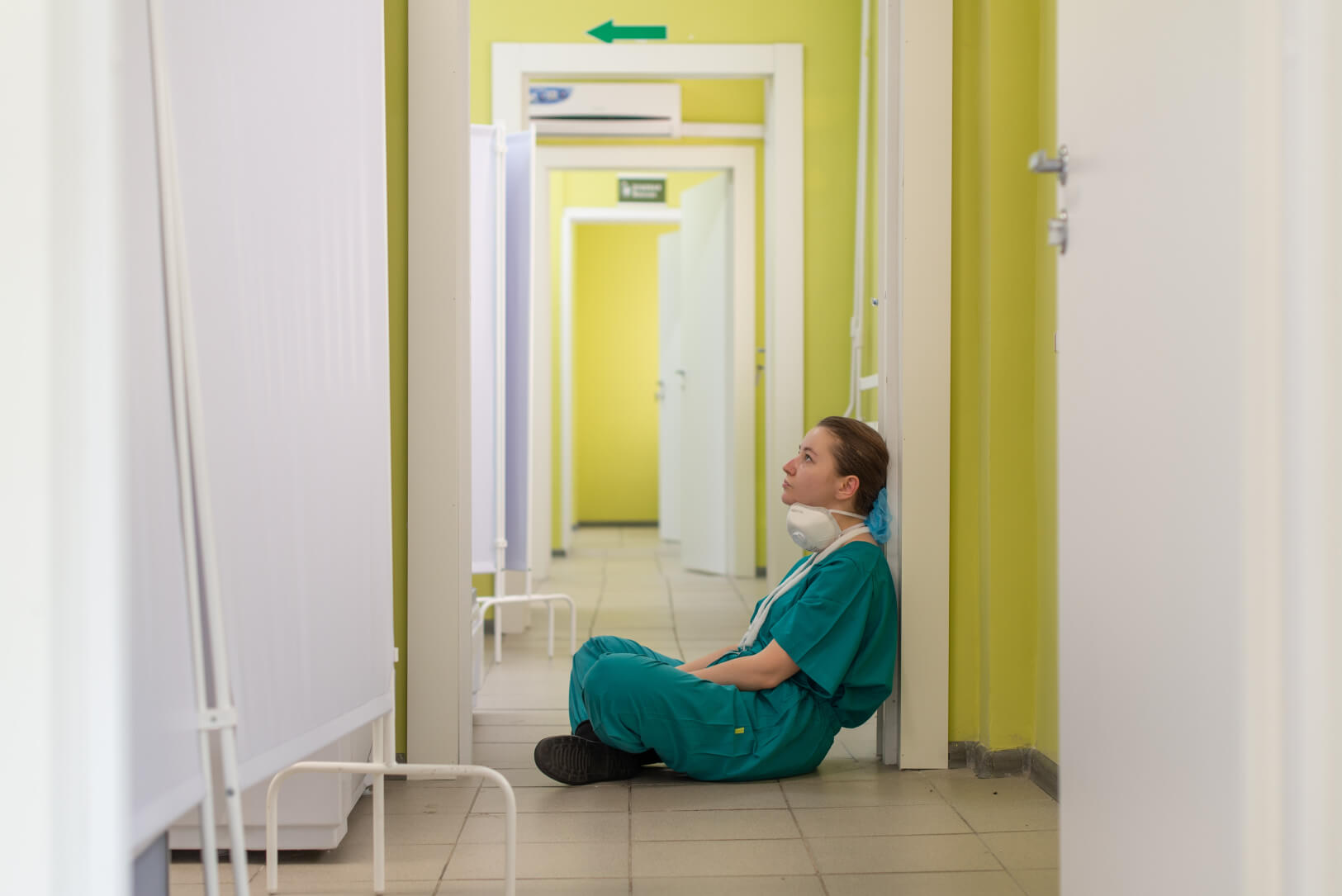A shortage of nurses has always been a looming issue for healthcare providers. In the wake of COVID-19, though, what was once a threat is now a crisis. In 2021, the total nursing workforce dropped by more than 100,000 in the U.S. alone. To reduce the strain staffing shortages are having on the nursing workforce, healthcare providers need new solutions — and it can be found in their digital comms.
Make no mistake — providers are already shifting towards a digital-first approach. Think of telehealth, which has increased in use 38x since the onset of the pandemic.
But filling nursing positions can pose a challenge. Nurses need to treat patients on a 1:1 level. A digital-first approach for patient communications should give nurses time to attend to higher priority tasks, without compromising the personal attention patients deserve.
Dynamic video is one solution. From educating patients to navigating them to the appropriate care, Personalised Videos can offload work from healthcare staff, giving nurses more time to serve patients on-site. Here’s how.
What Are Personalised Videos — And Why Do They Work?
Today’s patients want more personalised care plans. A study by CVS Health reveals how the consumers view their health post-pandemic:
- 85% of consumers believe personalised care plans are important.
- 81% of consumers find it important for their provider to be aware of their happiness and life satisfaction levels, as well as how to deal with difficult emotions and stress.
- 71% of consumers believe customised alerts and reminders about screenings or checkups are important to their health.
Plain and simple, healthcare consumers are more invested in their health than ever before, and want their providers to deliver more personalised care to work towards these new goals. Digital comms that reach every patient on a personal level do exactly this.
What better way to deliver these messages than with the format over 60% of consumers want more of — video? Visual, concise and engaging, videos are a great tool to break down confusing information, and even more effective when personalised.
Personalised Videos engage patients 1:1 on the devices they’re always on. What makes this kind of video work especially well for understaffed nursing departments? We dig into the reasons below.
Automate Patient Education To Improve Patient Outcomes
Its critical patients receive proper education regarding medication, lifestyle changes and more to drive better health outcomes. With limited staff and an uptick in ICU volume, though, nurses are unable to give patient education efforts their full attention.
A video that explains everything a patient needs to know about their medication lets nurses focus on communicating other, more critical, information. Take a look at this personalised explainer video from Merck as an example.
Patients received a video that gave them relevant information pertaining to their medication in an easy-to-follow video. It’s clear, short and informative — plus, patients can rewatch it whenever they need.
This is key for today’s nurses. Even if they don’t have the bandwidth to fully explain directions for a patient’s medications, an automated video like this can be sent as a follow-up, ensuring anything a nurse wasn’t able to explain is answered in the video. In fact, we’ve seen self-serve videos drive down call deflection by 73%.
Plus, an explainer video like this reduces the chance a patient misunderstands directions, which can lead to (preventable) readmission in serious cases.
HIPAA compliance: When you’re sharing patient data, privacy is key. Idomoo is HIPAA compliant and follows the most stringent security protocols, battle-tested by some of the world’s top financial institutions. Your data is always protected and secure.
Streamline Patient Navigation to Optimised Points of Care
A nursing shortage impacts every patient facing operation and tasks, including patient navigation, which is often led by active nursing team members or nurses by training.
Navigators tend to deal with complex patient journeys, since patients who require additional resources often have chronic conditions. Navigators can enhance patient communication, even when pressed for time, by sending patients a video directing them to the appropriate resources following any level and type of patient engagement.
NHS leveraged Personalised Videos to direct patients to the appropriate care with the video above. Specifically, the end of every video contained a clickable link to resources regarding COVID-19 effects on their specific chronic condition and ways to access additional support. In fact, 87% of providers believe automated reminders, such as these, are valuable for patients with complex conditions.
Dynamic Videos for Better Patient Comms
The nursing shortage won’t be going away any time soon. McKinsey and Company estimates a shortage of up to 450,000 nurses by 2025. Healthcare providers, then, must adjust to this new normal — and fast.
Sending patients everything they need to know in a video is an invaluable tool for facing this new challenge. From patient education to navigation and more, data-driven videos streamline patient comms to free up room for under-staffed nursing departments.
We’re seeing health and wellness companies already get a head start in leveraging Personalised Videos to better engage and connect with patients. Schedule a call, and we’ll show you how dynamic video can work for you.






